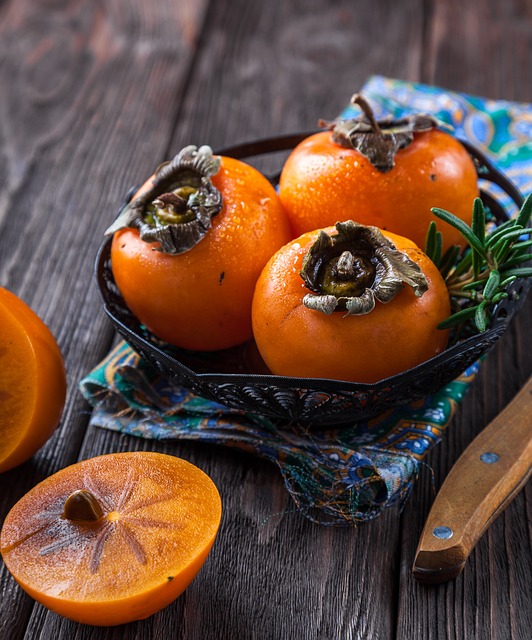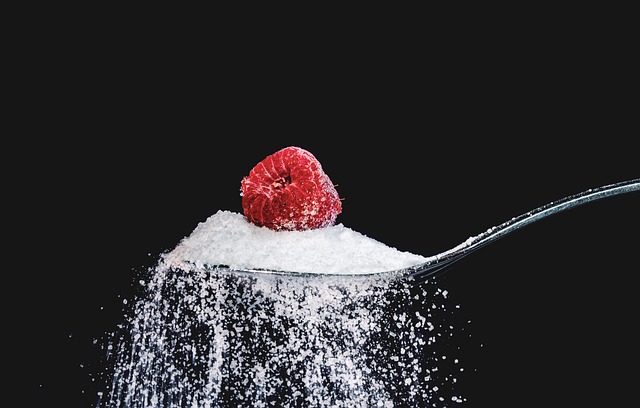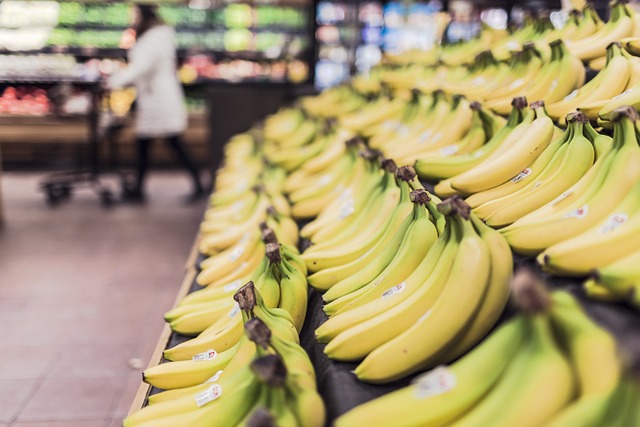Prebiotics, probiotics, and postbiotics are the three main types of bacteria that are found in our gut. Prebiotic foods are high in fiber and help to stimulate the growth and activity of beneficial bacteria in our gut. Probiotics are live bacteria that we add to our gut, which can help improve digestion and boost our immunity. Postbiotics, on the other hand, are the byproducts of the fermentation process that occurs when prebiotics and probiotics combine and interact with each other.
To better understand these three types of bacteria, let’s explore them one by one starting with prebiotics. Prebiotics are non-digestible fibers that can be found in certain foods such as garlic, onions, bananas, asparagus, and whole wheat products, among others. They pass through our digestive system without being digested until they reach the colon where they serve as a food source for our gut bacteria.
Prebiotics play a very important role in maintaining a healthy gut by promoting the growth and activity of the beneficial bacteria that reside there. In addition to that, prebiotics also help to prevent the growth of harmful bacteria, which can cause various gastrointestinal disorders such as diarrhea, constipation, and bloating.
Moving on to probiotics, these are live bacteria that are found in certain foods or supplements. The most common probiotics are Lactobacillus and Bifidobacterium, which are found in fermented foods such as yogurt, kefir, kimchi, and sauerkraut. These bacteria help to maintain a healthy balance of gut bacteria and can also help to crowd out harmful bacteria.
Probiotics have many benefits for our health, including improved digestion, reduced inflammation, and enhanced immunity. They may also help to prevent and treat certain medical conditions such as irritable bowel syndrome, urinary tract infections, and allergies, among others.
Finally, there are postbiotics. Postbiotics are the byproducts of the fermentation process that occurs when prebiotics and probiotics interact with each other. These byproducts include various organic acids, enzymes, and other metabolites that are produced by beneficial bacteria in our gut.
Postbiotics have many health benefits that are similar to those of probiotics, including enhanced immunity and reduced inflammation. They may also have other health benefits such as improved skin health and lowered cholesterol levels.
The Relationship Between Prebiotics, Probiotics, and Postbiotics
Prebiotics, probiotics, and postbiotics are all interconnected and work together to promote a healthy gut. Prebiotics provide the food source for beneficial bacteria to grow and thrive, while probiotics add new beneficial bacteria to our gut. Postbiotics are the byproducts of the interactions between prebiotics and probiotics and provide additional health benefits.
It is important to note that not all prebiotics and probiotics are created equal. Different strains of bacteria and different types of prebiotics have different effects on our gut health. Therefore, it is important to choose a wide variety of prebiotic and probiotic foods to ensure that we are getting a diverse range of beneficial bacteria in our gut.
In conclusion, prebiotics, probiotics, and postbiotics are all important players in maintaining a healthy gut. Prebiotics promote the growth and activity of beneficial bacteria, while probiotics add new beneficial bacteria to our gut. Postbiotics are the byproducts of this interaction and provide additional health benefits. By consuming a varied and balanced diet rich in prebiotic and probiotic foods, we can ensure that we are taking care of our gut and reaping the many health benefits that come with a healthy gut microbiome.







